Degustation menus in Udaipur, European artisanal bakes in Mysuru, and Beluga caviar in Kochi — small town India is embracing fine dining and premiumisation thanks to a rise in domestic travel and a desire to experiment post the pandemic
Degustation menus in Udaipur, European artisanal bakes in Mysuru, and Beluga caviar in Kochi — small town India is embracing fine dining and premiumisation thanks to a rise in domestic travel and a desire to experiment post the pandemic
This winter, one of the most innovative restaurants in India you are unlikely to visit is Syah in Udaipur. Named after a variety of rose, it serves degustation-only menus in an intimate terrace setting at the Udai Kothi, a boutique hotel.
Pankaj Sharma, its head chef and co-owner, plates up dishes such as local cheese and chillies, chicken in stewed bajra, seared besan cakes with ajwain sauce, and black sesame mousse with hibiscus jelly — all with local inspirations using ingredients sourced from a nearby farm.
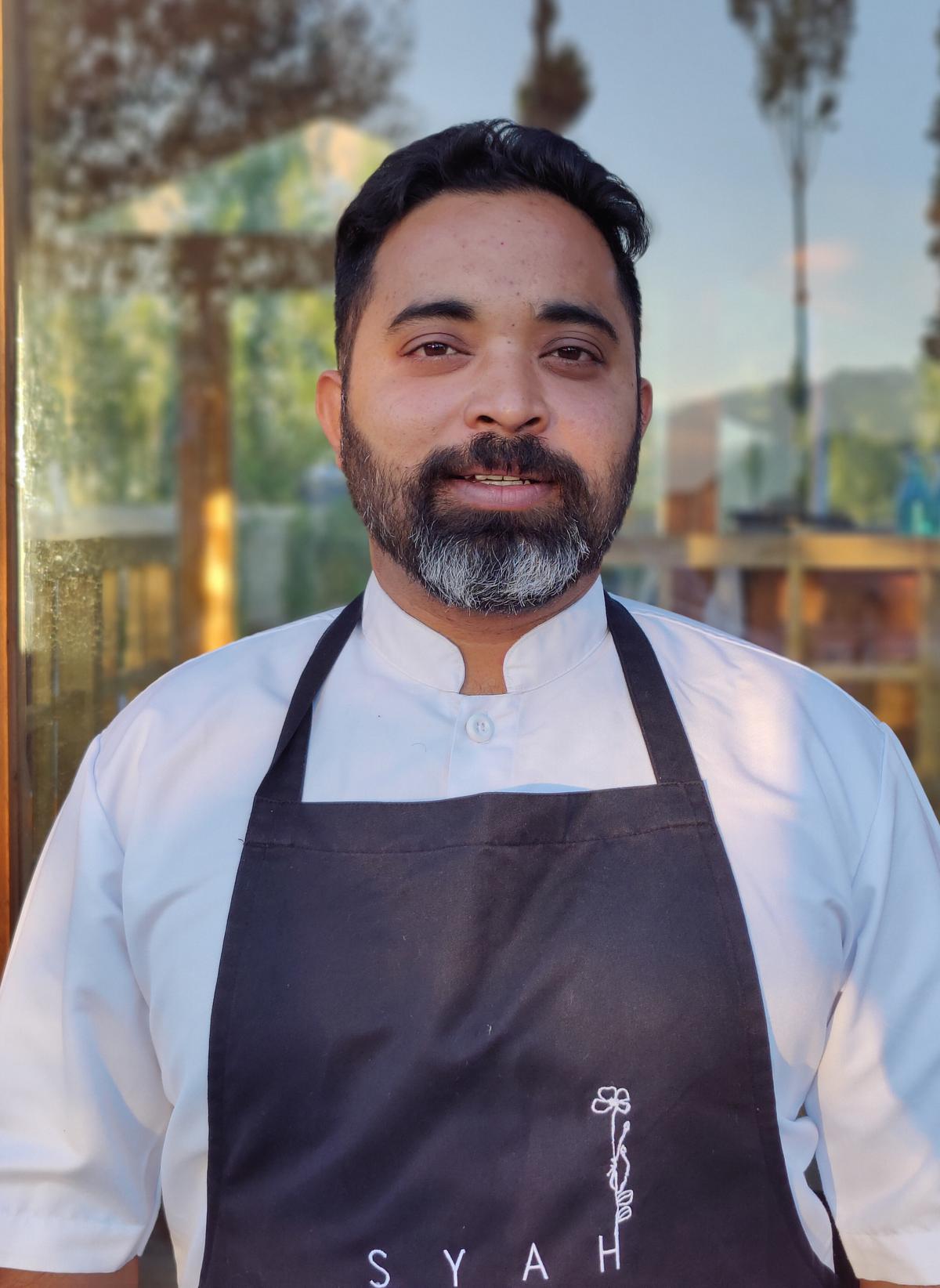
Pankaj Sharma
Syah Udaipur opened last December, and is a success, expanding its presence beyond Ladakh’s Saboo village, where its first outlet opened in 2018 — with a similar farm-to-table format, except with Ladakhi ingredients and inspirations.
As pandemic lockdowns began to ease, Sharma, a former executive sous chef at the Lodhi Delhi, who moved to Ladakh “to do something of my own”, found his small venture doing exceedingly well. “We were making more profit than anticipated and turning in as much as 50% operationally, though ours is a small set up in Ladakh,” he says. Sharma’s business has been helped by increased high-end domestic travel that has seen a pan-India surge in the last two years. “With so much online exposure to global trends, people are interested in dining experiences around local cultures and are happy to share these in their local circles,” he says.
ALSO READ | ‘Indianish but not Indian’ describes Mauritius best
The word-of-mouth and online publicity generated has clearly helped. Syah Ladakh now has the reputation of a “hidden gem” on the traveller lists. Food and hospitality consultant Sid Mathur, who “discovered” it earlier this year and managed to get an elusive reservation, says, “Earlier, in Leh, there were only small dhaba-style restaurants or cafés. When I visited after the pandemic, fine-dining restaurant Syah just blew my mind. It could be anywhere in the world, in the Nordic region, California or Australia…” With Sharma emerging from the kitchen between courses to talk about how, say the mushrooms were foraged from Kargil, the storytelling was on-point too.
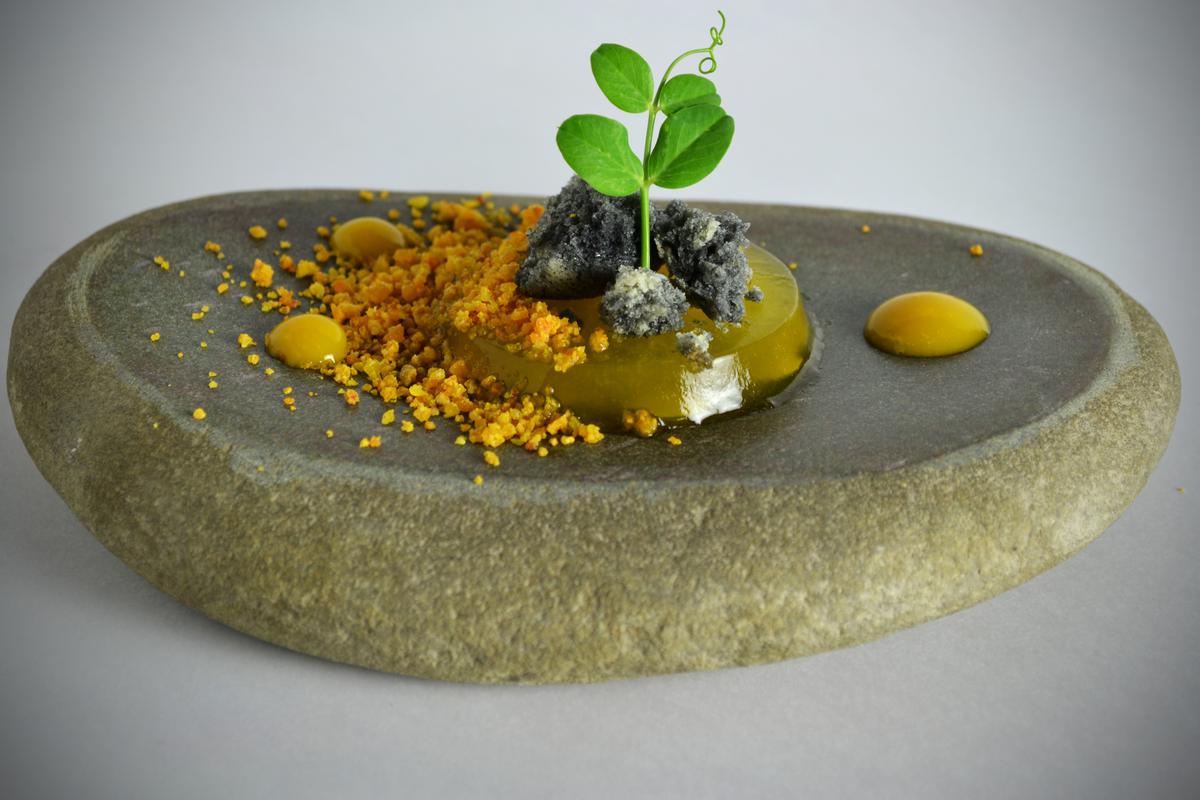
Syah is also perhaps the most innovative business model for an Indian restaurant today, operating as a Nomaesque pop-up, working seasonally and regionally. During the harsh winter, it shuts in Ladakh for around four months, and Sharma and his core team get busy in Udaipur, where winter is peak travel season. Conversely, the Udaipur restaurant shuts for three months in the Rajasthan summer, when Ladakh is in full swing. Now, Sharma is gearing up to open a third Syah, in Delhi, which will operate year round. We don’t know how that will fare in the cluttered metro, but the restaurant’s success has as much to do with its innovative food and business format as with a much larger India story.
Why the boom now?
Far away from Delhi, Mumbai, Bengaluru and Goa, gastronomy is booming in smaller Indian towns. From Udaipur to Dharamsala, Chandigarh to Lucknow, Mysuru and Madurai to Dimapur, Thrissur, Shillong… cafés and bars as well as unique restaurants are now coming up in Tier II or III cities, post pandemic.
As Riyaz Amlani, arguably India’s most successful restaurateur with his Social and Smoke House chains, says, “The aspiration there is as high as in the big cities and they have more disposable income as well as disposable time,” confessing that his company is bullish on emerging markets such as Indore, Chandigarh, Kanpur, Nagpur, and Kochi.
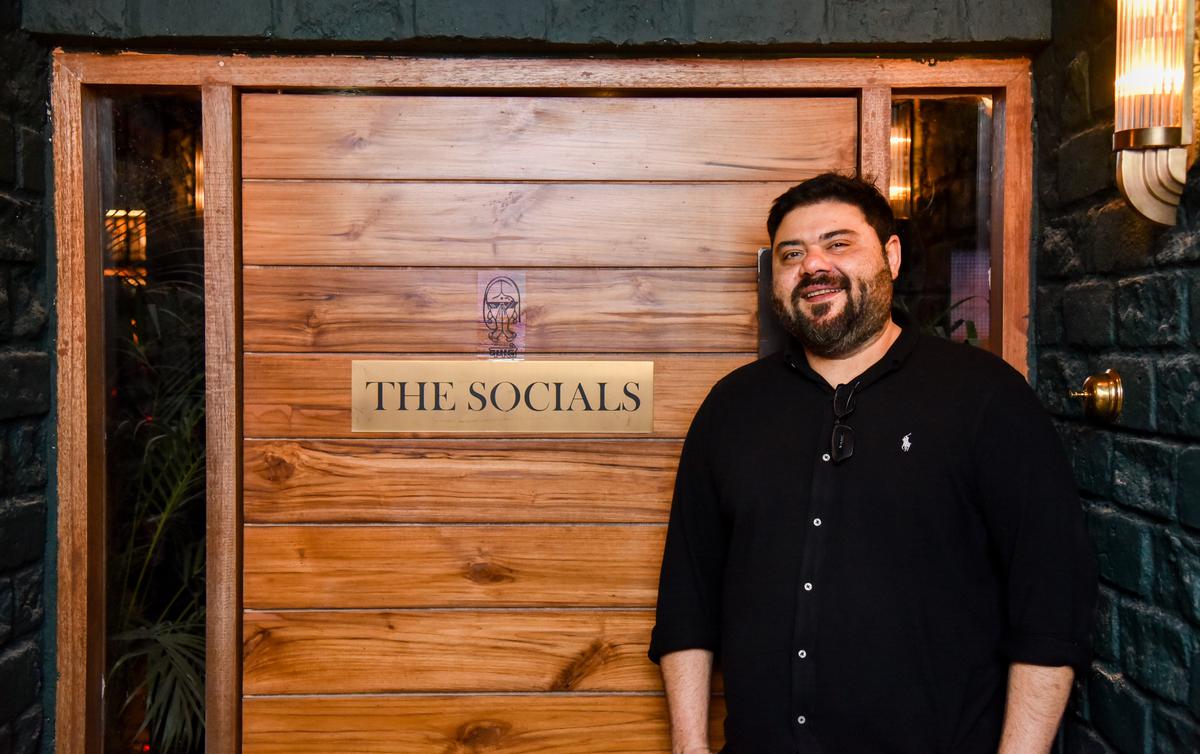
While many of these smaller towns traditionally have had high levels of disposable incomes as well as leisured lifestyles to support enhanced food retail, several factors seem to have come together in the last two years. Enhanced domestic travel and discovering what was once dismissed as the “boondocks” is an important factor contributing to how gastronomy has picked up.
The two years of peak pandemic-induced changed lifestyles also means social media consumption that has expanded knowledge and taste — from speciality coffee and cocktails to farm-to-table and sourdough. Now, they seek an experience in their vicinity. Spending more time in their hometowns and choosing to relocate to easier paced lives with hybrid working also means that access to big city tastes within their own perimeters is sought out. There is also a pride in local businesses in closely-knit communities and customer loyalty.
READ | Anoothi Vishal breaks down the business of food in her new book
On the supply side, the pandemic has hastened several changes that would otherwise have taken longer to arrive: restaurant chains that were struggling with rents and profitability are inevitably being lured by smaller towns with low rents and high disposable incomes. Then, there are local investors who would have put their money in glitzy Mumbai or Delhi, now looking at their own small towns in a domino effect. Finally, online marketing means more scope for collaboration between small creative businesses that can be seen promoting each other in many of these towns. In Dharamsala and the surrounding areas of the Kangra Valley, for instance, there is a growing ecosystem now where “someone is making bread, tisanes, preserves, or cheese. These are used by the cafes there, which in turn are promoted by this growing creative, local community”, says tea sommelier Anamika Singh.
From Chandigarh to Mysuru
In Chandigarh, where restaurateur AD Singh has just opened a sprawling Olive Café and Bar in a beautiful bungalow with the same all-white and blue Mediterranean vibe as the marquee Olives in Delhi, Mumbai, the ambitious restaurant at 120 covers has been doing better than expected.
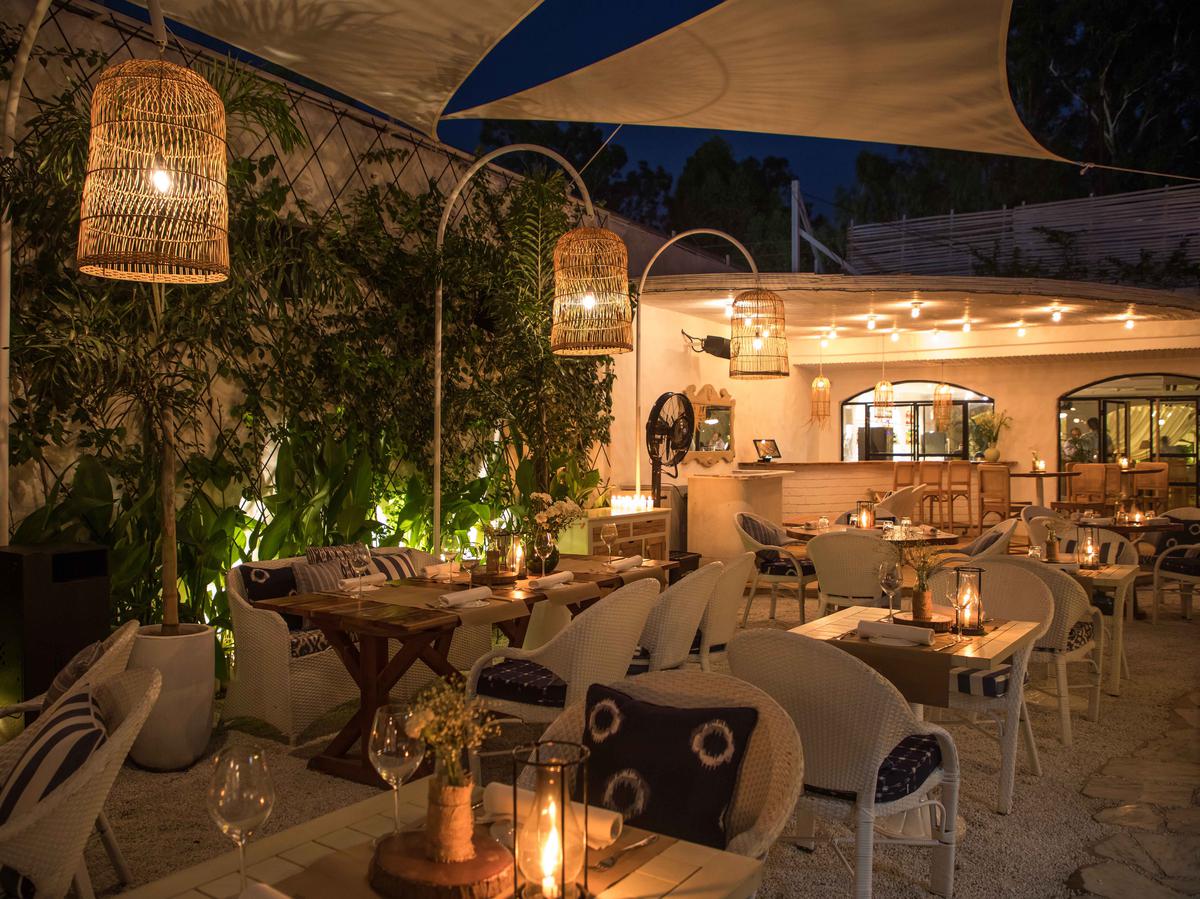
The menu is more casual (burgers, pastas), and the pricing more affordable than say in Mumbai (₹2,000 for two as compared to ₹3,500 plus for two at Mumbai’s Carter Road Olive Bar & Kitchen). “We seem to have opened just at the right time for the audience who’ve been seeking better quality,” says Singh, as he asserts that it will “lead the next generation of restaurants that will open here”. Already, he is getting more enquiries about potential partnerships from other smaller cities.
Singh’s partners in Chandigarh are Vishal Anand and Sampat Singh, local self-made businessmen with other major interests like hotels, schools and car dealerships. “There was nothing to cater to the more mature audience in Chandigarh tri-city [including Panchkula and Mohali]. There is a substantial group of well-travelled people between 40 and 60 years of age seeking sophistication without having to go to Delhi,” says Anand.
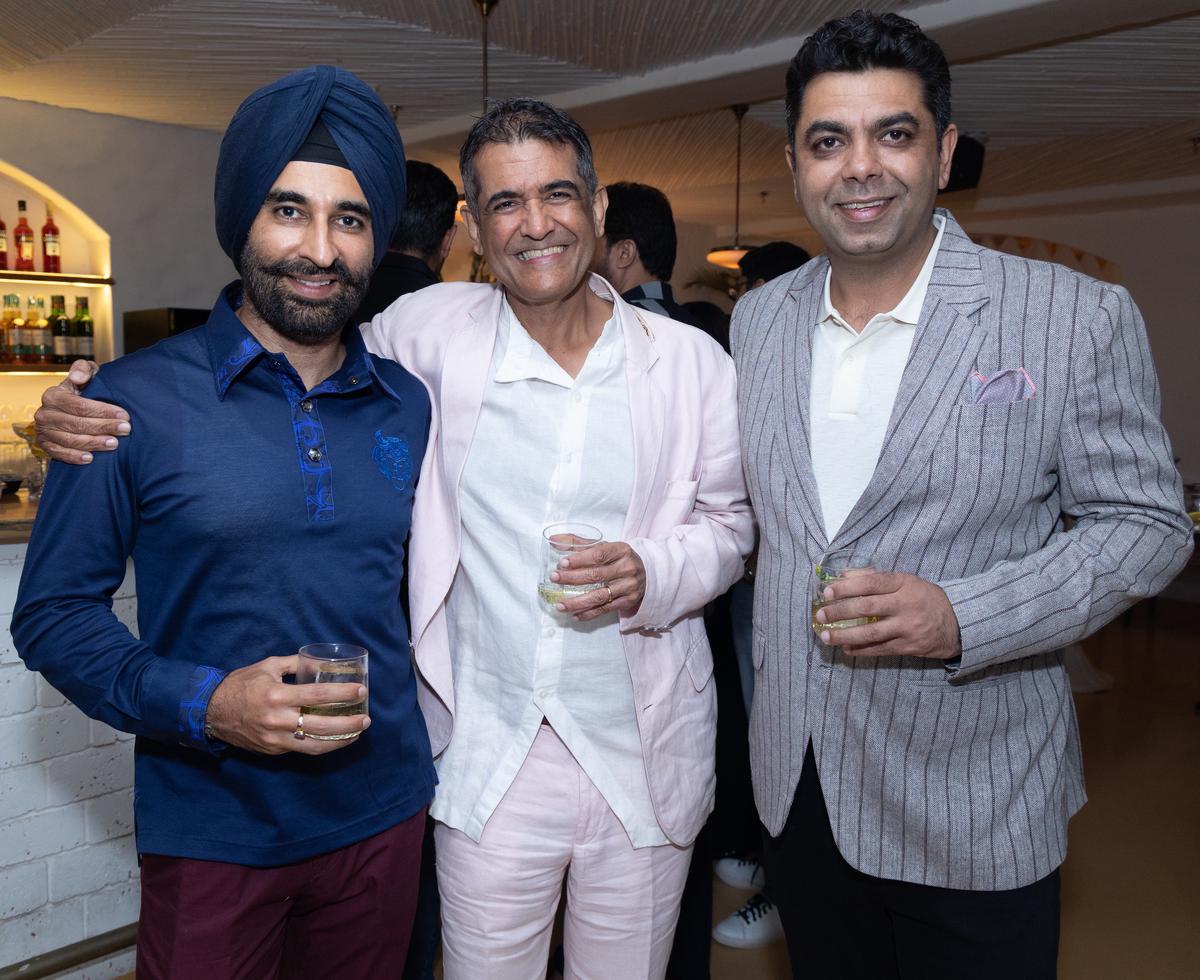
Because of its propensity to spend on luxury and relative cosmopolitanism, Chandigarh is often not looked upon as a small town. But even in Amritsar, a far more traditional town known for its deeply-rooted street food, kulchas, tikkas et al, the strong sense of roots is giving way to a globalisation of the palate — sushi, quinoa salad and bibimbap. “There were days when everyone wanted to brag about going to Delhi for food or clubbing, but now the wealthy are creating options of their own, and popular families are investing in food businesses. They also get five-star chefs and bartenders from Delhi and Mumbai to do the menus, so the quality is similar,” says Shikha Arora-Chopra, a diner from Amritsar.
Arora-Chopra is one of the many people who responded to a snap poll on my Instagram on what is driving restaurant consumption in smaller towns post pandemic. Sharanya Munsi, a content manager from Howrah, also wrote in: “Earlier, we used to go to Park Street, Kolkata, for fine dining. However, with so many restaurants and cloud kitchens opening, I now prefer eating in Howrah. The younger generation behind many of these ventures also makes me feel proud to support local entrepreneurs.”
In fact, many local businesses that grew from passion projects during the pandemic, have turned into credible businesses reaping the benefit of both customer loyalty in towns where everyone knows everyone else as well as new customers via increased road trips and domestic travel. The quaint Sapa in Mysuru, helmed by German baker Dina Weber and regarded by many to be one of the finest European-style bakeries in India, grew both by way of reputation and business through the pandemic.
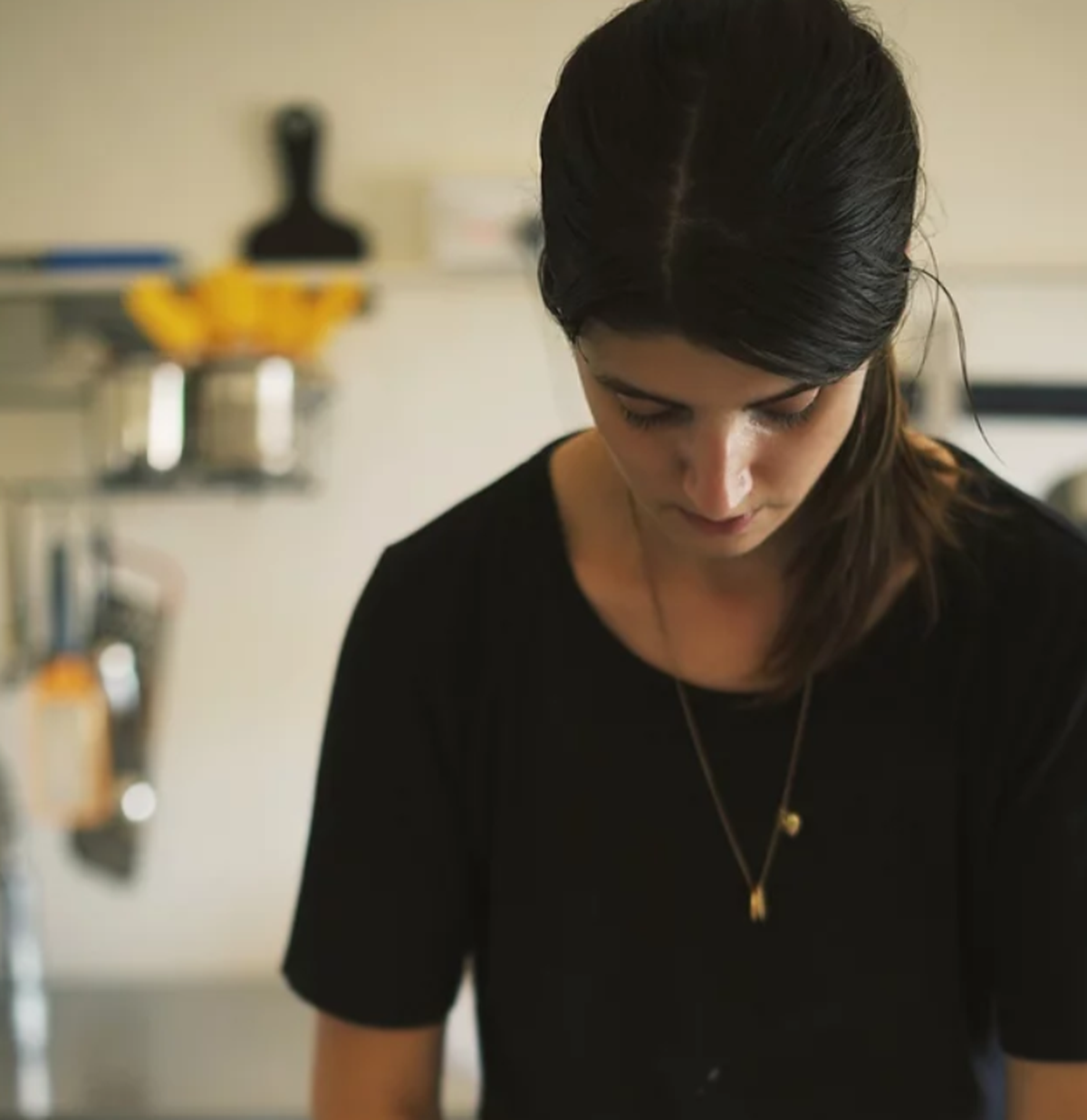
Along with other local heroes such as Minimal Coffee Roasters, this is now the centrepiece of a growing local, artisanal food movement in Mysuru, the town earlier known for its royalty and yoga. MTR’s Hemamalini Maiya, who also opened an MTR offshoot in the town in the middle of the pandemic, says, “Mysuru did not have very good eating places till quite recently, but with the highway being widened, and more people travelling from Bengaluru and Hyderabad, many have settled here or bought holiday homes. All this contributes to the boom which will only get bigger.”

Money is not an issue
Change is starkly perceptible in cities like Pune too, where the willingness to spend has dramatically gone up. Despite its industrialist wealth, the city of the traditionally frugal Kokanastha Brahmin community had a thrifty DNA. “Just before the pandemic, a Foodhall had to shut because people were not inclined to buy things like expensive cheese,” says journalist Jyoti Kumari, who moved from Mumbai to Pune last year. But, there has been a change in the last two years. When top chef Manish Mehrotra helmed a three-day Indian Accent pop-up at the JW Marriott in Pune a few months ago, he was shocked to find that his five-course meal pegged at ₹7,000-plus (without alcohol) per person was sold out in a jiffy — all three nights amounting to a total of 188 covers. “I don’t even charge that much in Delhi at the restaurant,” he exclaims.
Mumbai’s most popular Thai chef Seefah has just consulted for Pune’s most ambitious opening yet, Tsuki, a pan-Asian diner. The restaurant has sophisticated cocktails, and food by three well-known Mumbai chefs — but the rooftop, Bali-inspired 60-seater in Koregaon Park is such an “experience” that it is attracting Mumbai diners too.
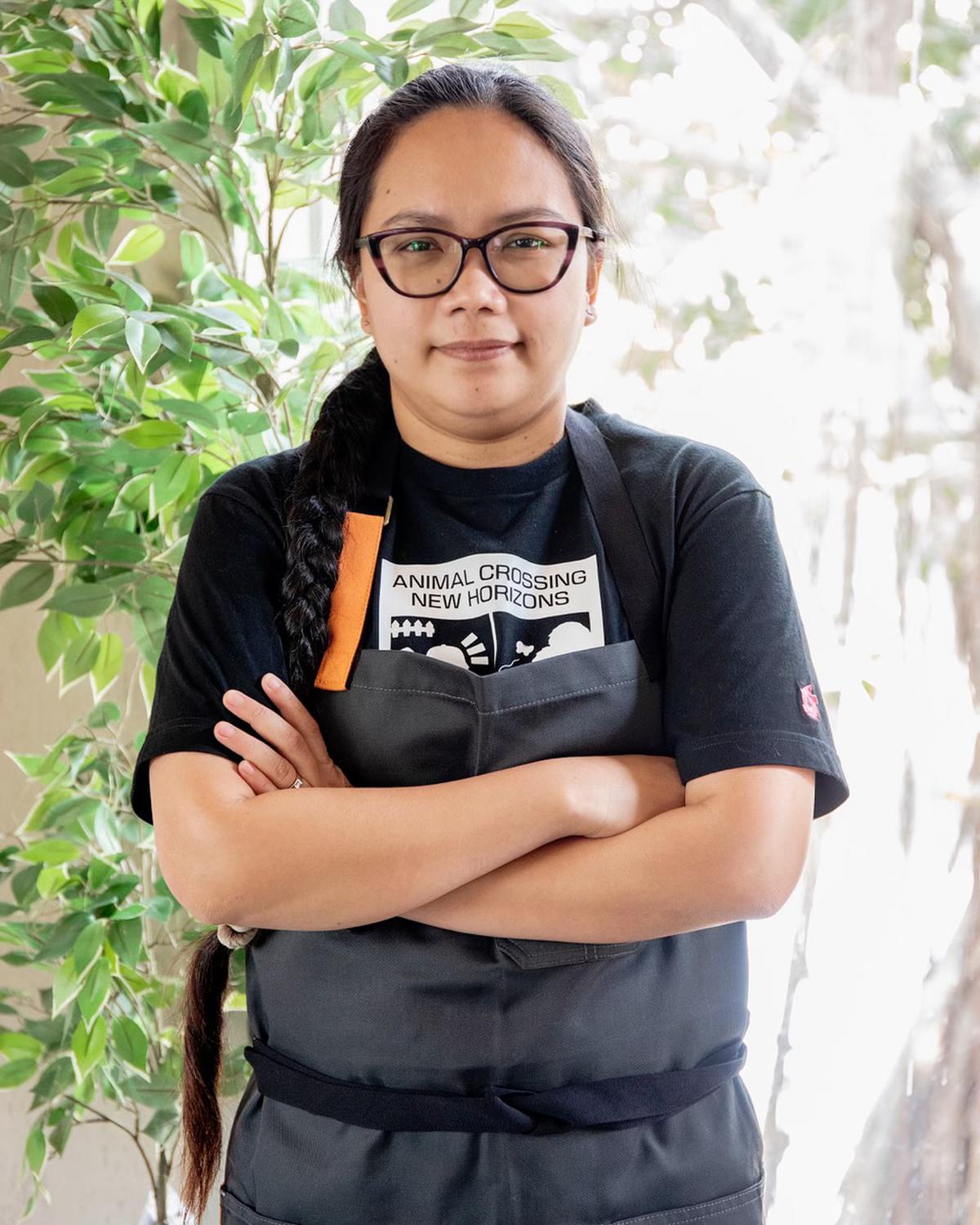
Real estate consultant Chirag Maru (the realtor responsible for the Kamala Mills boom) is planning an evening’s drive to Pune with friends just to eat at Tsuki. “In the last few years, even if you look at films, there is a desire to discover small town India. I am also planning a trip with friends to Surat soon to check out the speciality coffee culture,” he says.
Maru may also be mixing work with pleasure by checking out the new phenomenon in smaller towns as demand for real estate here shoots up — 10 fold, according to him, since 2019. “Everyone is now looking to do concepts in towns like Raipur, Indore and Pune, from pan India chains to local brands keen to expand within their towns to new investors who may have had other businesses,” he says.
Premiumisation is up
Pandemic Instagram showed a desire for slow cooking and baking. And this behaviour seems to have coalesced into changed dining preferences now, something we can see from the sales data of a commodity like bread internationally. According to a Nielsen report in the UK this year, premiumisation in loaves and the phenomenon of “posh pain” (people eschewing convenience for from-scratch cooking) are driving up demand for fresh, premium bakery up more than 8%, year on year. In India too, we are seeing premium bakeries taking off across cities.
Trained-in-France baker Sahil Mehta, consultant and chef of Paris My Love, Delhi, has been in demand in Uttar Pradesh, Punjab and Rajasthan to set up French-style bakeries in towns like Jodhpur, Ranchi, Kanpur and Lucknow. Mehta consulted for Danbro, a chain of upscale health-focussed bakery stores, set up by Lucknow businessman Ramu Gupta. Danbro has three new stores in Lucknow, where Mehta’s signature recipes such as croissant aux amandes (almond croissant), decadent, flaky and expensive with French butter, are proving to be a hit. In August, the upscale stores catered to more than 90,000 customers.

In Kerala, premium dining in many rich but smaller towns is now getting to be at par with Delhi and Mumbai. In Kochi and Thrissur, both traditionally moneyed with well-heeled clientele, luxury dining is up. Shrikant Wakharkar, area VP Hyatt Hotels, notes that the 120-cover Thai restaurant at the Grand Hyatt Kochi — more authentic than some in the big metros, helmed by a Thai chef — did stupendous business during the two disruptive years of the pandemic. “But the real surprise was when we relaunched Colony, the rooftop European restaurant, in the middle of 2020. I asked the team to put expensive luxury items such as Beluga caviar to see how they would move, and to our surprise we found we were selling at least two portions twice a week at ₹18,000 per portion,” he says. In Thrissur, “when the Hyatt Regency [owned by the Lulu group that also owns the Grand Hyatt Bolgatty] opened in December 2019, we thought one all-day diner would be sufficient, but we are coming up with a second speciality restaurant now,” he adds.
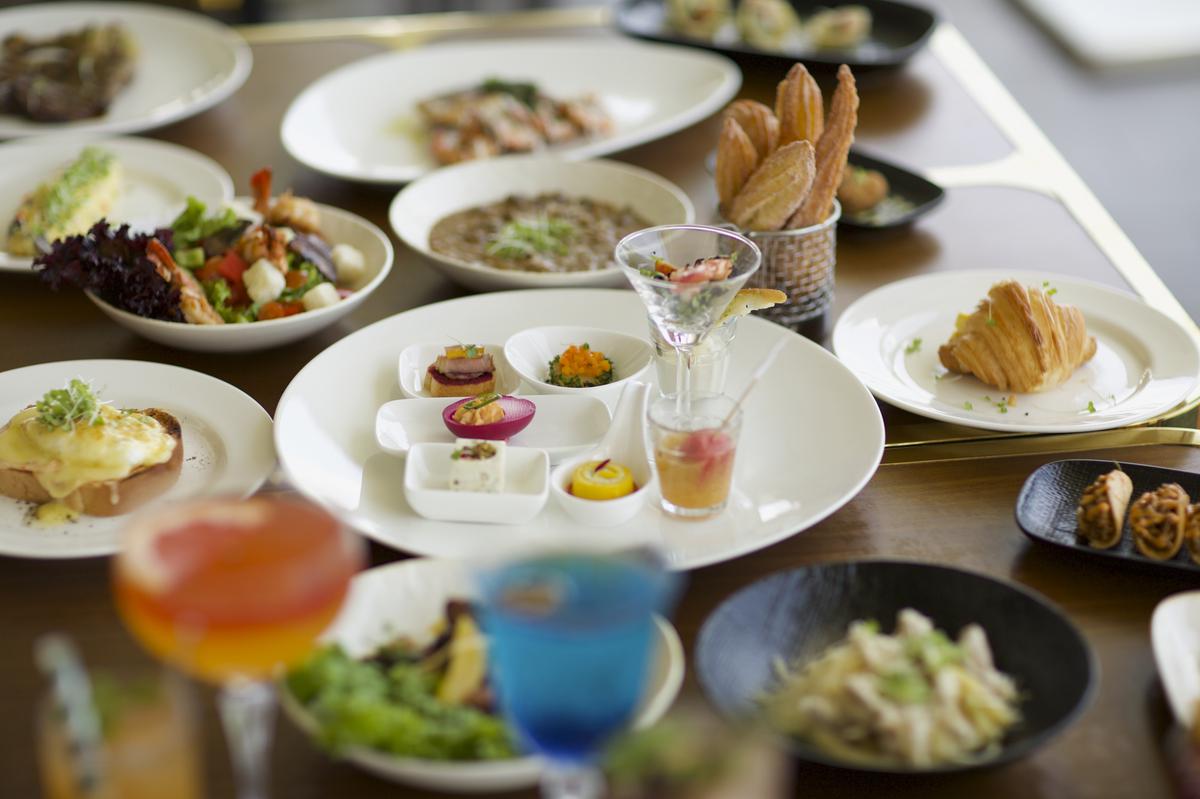
In Thiruvananthapuram, Villa Maya, set in a beauteous, restored 18th century house, is catching the fancy of gourmands now, and the pricing is not insubstantial — a medley of Kerala seafood for starters comes for ₹1,750, according to Zomato. But perhaps in a world of uncertainties as we seek out food both for its steadfastness as well as novelty, that isn’t too high.
A commentator on dining trends and food cultures, the writer is also the author of Business on a Platter .
Hyperlocal ecosystem
Pop-ups in offbeat locations such as Gwalior or Kasauli by top chefs such as Prateek Sadhu also seem to be contributing — if not to a growing sophistication of the palate, given that many of these are booked up by Delhi-Mumbai-Bengaluru high flyers — to the growth of an ecosystem of producers and creators necessary for a deeper food culture.
How do you like your coffee?
A café culture with speciality coffee — single origin beans, micro roasting — has grown in towns like Lucknow and Jaipur. Interest got a fillip with social media. “We were amazed that people from smaller towns were nerding out in videos about things like whether to boil the water to 96 or 98 degrees Celsius to make a perfect cup,” says Vaibhav Singh, formerly with Perch café and bar.
Stay connected with us on social media platform for instant update click here to join our Twitter, & Facebook
We are now on Telegram. Click here to join our channel (@TechiUpdate) and stay updated with the latest Technology headlines.
For all the latest Life Style News Click Here
For the latest news and updates, follow us on Google News.
